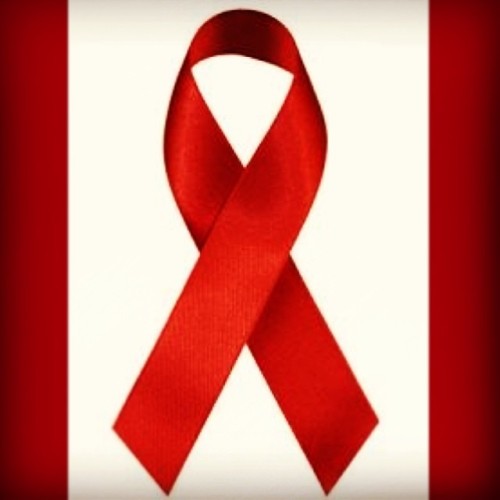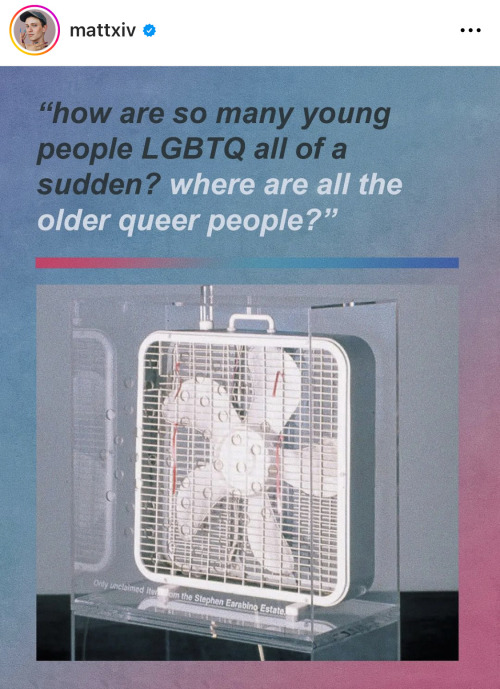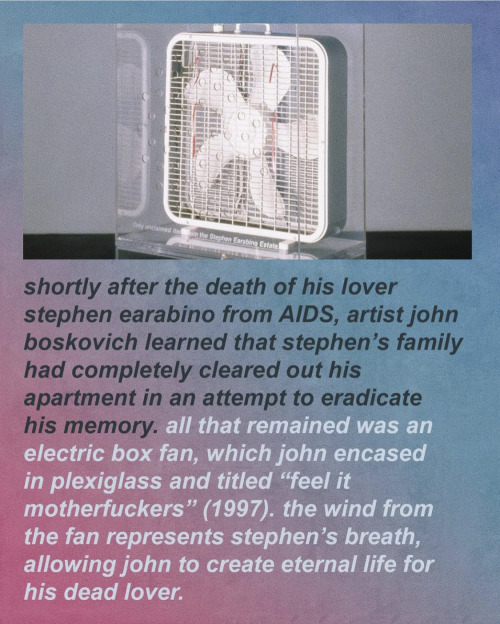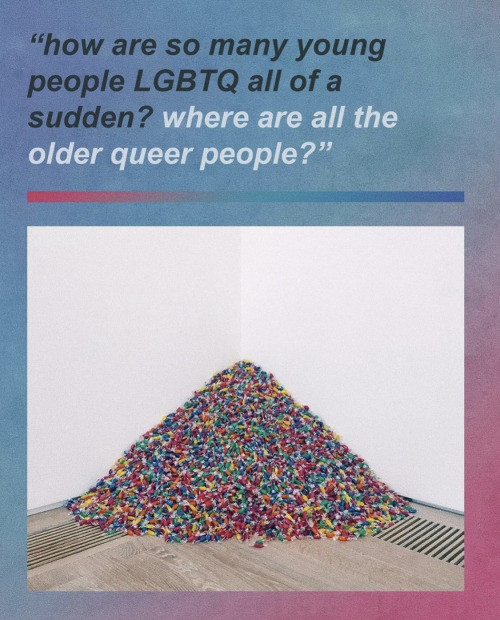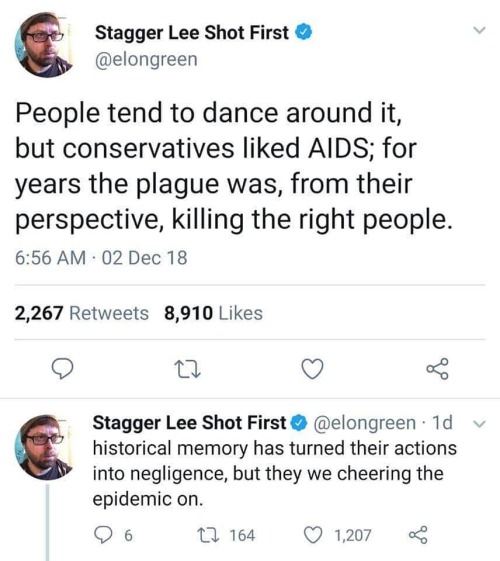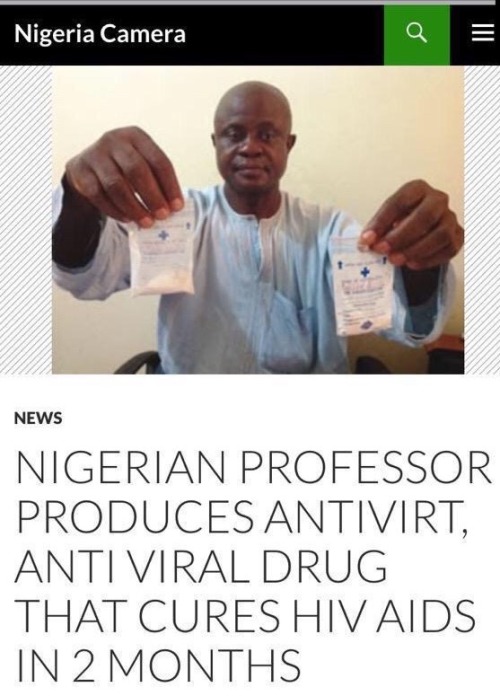Aids - Tumblr Posts
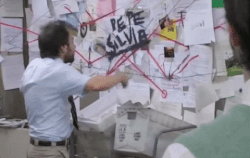
Not trying to give the writers of Stranger Things ideas for season 5. But why do I feel like we will see Will really suffer this season. But one of my theories is Will will be finally be canon gay. Will will get hurt like life or death hurt. He will need a blood transfusion. Bam, we find out that Will get AIDS/HIV from the blood transfusion and that is how he dies.
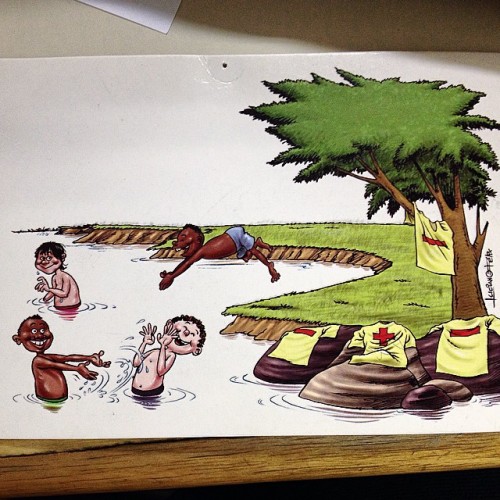
Preserve-se, cuide-se, ame-se. Ser positivo ou negativo isso é indiferente. O importante mesmo é o respeito pelo ser humano. 02/12 Dia Mundial de Combate a AIDS #human #choice #life #good #cool #pic #love #combat #day #respect #AIDS #instampic #instancool #Instagram
Who were the lesbian blood sisters?

“Suddenly, the hospitals were full of lesbians who were volunteering. Volunteering to go into those rooms and help my friends who were dying. I remember being so moved by them because gay men hadn’t been too kind to lesbians. We’d call them ‘fish’ and make fun of the butch dykes in the bars – and yet, there they were.”
In the 80s, the AIDS crisis was devastating the world of GLBT people - as the acronym read at the time. Gay men were banned from donating blood, which was desperately needed by patients dying from AIDS. The fear around HIV was so great that doctors and nurses refused to even enter the rooms of AIDS patients. These patients were often abandoned by their families in their dying days. There was a crisis was in the GLBT community, and so lesbians stepped in.

Lesbians organized blood drives in order to give blood to AIDS patients who desperately needed it. These blood drives attracted dozens, if not hundreds of lesbians at a time who all donated their blood. They called themselves the Blood Sisters, and they organized regular blood drives for at least 4 years. HIV patients needed frequent blood transfusions due to anemia induced from the virus, and so lesbians provided this blood.


In addition to blood drives, lesbians also took place as physical caretakers for gay men with AIDS, who were often abandoned by their families and even nursing staff who refused to go into their rooms. Lesbians held hands, fed, and took care of them.

In order to honor the efforts of lesbians during the AIDS crisis, the GLBT acronym was changed to LGBT, with lesbians deliberately at the front. Lesbians were a crucial part of the fight against AIDS, and this change would immortalize it in our community.
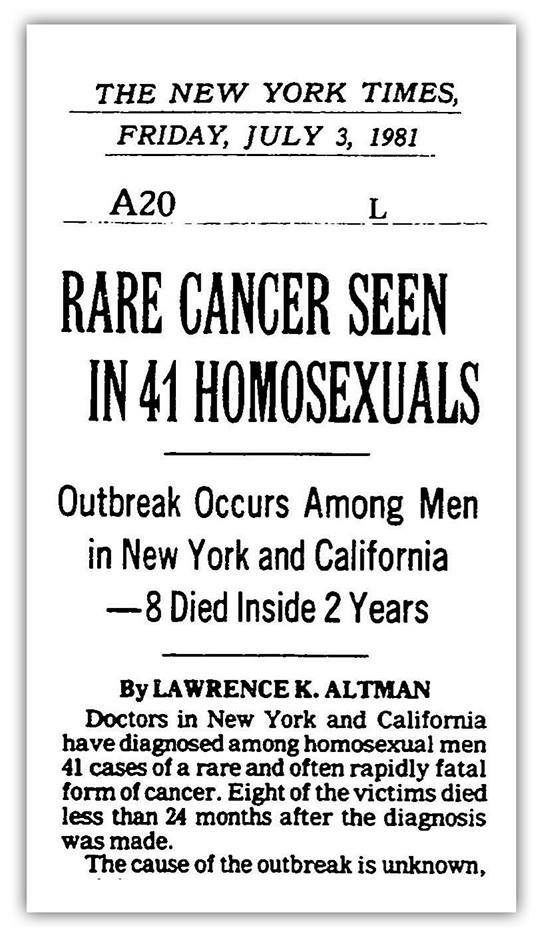
HIV/AIDS. This article appeared 42 years ago.
I was two months away from starting my sophomore year in high school. I’m sure you remember when you were 15. All you ever thought about was sex — or at least the prospect of it. I was still very much in the closet, though I had already developed a complete obsession and fascination with muscle. As the AIDS crisis evolved into a pandemic, I had reached the age of sexual exploration. But it terrified me. It’s tough enough to be a gay teen (in an all-boys prep school, no less!), but to have sex was potentially a horrifying death sentence. I kept to myself. I lifted weights. And pleasured myself. Safer that way. Bodybuilding is such an insular pursuit that it was easy for me to lose myself in the weight room and hold my breath along with so many others until a treatment, cure or vaccine was found for this “gay cancer.”
We had so little information about AIDS back then. Ronald Reagan avoided saying the word AIDS. The French were way ahead of the US in research and instead of figuring this out and saving thousands, we did almost nothing.
But brave men and women who saw far too many of their friends and lovers taken by this terrible disease continued to fight. To involve local politicians. To refuse to be silenced. They are my heroes to this very day.
If you were lucky enough to come of age at time when HIV could be managed with drugs and brought down to nearly undetectable levels, you are fortunate not to have seen young, formerly healthy men showing the ravages of “full-blown AIDS” (a phrase I never want to hear again) on their faces and on their deteriorating bodies. One look and you knew — and you were powerless to help. I was still young and those weren’t my friends. Had I been five years older, I’d probably still be grieving to this day for those poor helpless souls. I may have even been one of them.
If you are a gay man, do yourself a favor and learn this history. Read And the Band Played On to learn about how AIDS went from this little article above to an undeniable pandemic. Watch The Normal Heart to understand the crisis and those who fought back against homophobia and indifference. Then watch Angels in America. If you’re unfamiliar with these, you owe it to yourself to learn them and make them a part of your proud history.
Thanks for reading. Reblog it if you don’t mind.
I needed to say it for those who couldn’t.
Peace,
Paul
I’m watching that documentary “Before Stonewall” about gay history pre-1969, and uncovered something which I think is interesting.
The documentary includes a brief clip of a 1954 televised newscast about the rise of homosexuality. The host of the program interviewed psychologists, a police officer, and one “known homosexual”. The “known homosexual” is 22 years old. He identifies himself as Curtis White, which is a pseudonym; his name is actually Dale Olson.
So I tracked down the newscast. According to what I can find, Dale Olson may have been the first gay man to appear openly on television and defend his sexual orientation. He explains that there’s nothing wrong with him mentally and he’s never been arrested. When asked whether he’d take a cure if it existed, he says no. When asked whether his family knows he’s gay, he says that they didn’t up until tonight, but he guesses they’re going to find out, and he’ll probably be fired from his job as well. So of course the host is like …why are you doing this interview then? and Dale Olson, cool as cucumber pie, says “I think that this way I can be a little useful to someone besides myself.”
1954. 22 years old. Balls of pure titanium.
Despite the pseudonym, Dale’s boss did indeed recognize him from the TV program, and he was promptly fired the next day. He wrote into ONE magazine six months later to reassure readers that he had gotten a new job at a higher salary.
Curious about what became of him, I looked into his life a little further. It turns out that he ultimately became a very successful publicity agent. He promoted the Rocky movies and Superman. Not only that, but get this: Dale represented Rock Hudson, and he was the person who convinced him to disclose that he had AIDS! He wrote the statement Rock read. And as we know, Rock Hudson’s disclosure had a very significant effect on the national conversation about AIDS in the U.S.
It appears that no one has made the connection between Dale Olson the publicity agent instrumental in the AIDS debate and Dale Olson the 22-year-old first openly gay man on TV. So I thought I’d make it. For Pride month, an unsung gay hero.
Binged ‘It’s a Sin’ yesterday and just want to shout out the scene between Jill and Richie’s mum where Richie’s mum asks if she’s essentially just a background supporting character in the boys’ lives and Jill replies that this “Isn’t about her”.
The writing is just, chefs kiss. It calls out both that the mum is projecting her own issues in this moment onto Jill, and that Jill is, in fact, a background character just there to support the boys, because it’s a show about how aids affected gay men. And Jill is not a gay man. It’s literally not about her.
I’m watching that documentary “Before Stonewall” about gay history pre-1969, and uncovered something which I think is interesting.
The documentary includes a brief clip of a 1954 televised newscast about the rise of homosexuality. The host of the program interviewed psychologists, a police officer, and one “known homosexual”. The “known homosexual” is 22 years old. He identifies himself as Curtis White, which is a pseudonym; his name is actually Dale Olson.
So I tracked down the newscast. According to what I can find, Dale Olson may have been the first gay man to appear openly on television and defend his sexual orientation. He explains that there’s nothing wrong with him mentally and he’s never been arrested. When asked whether he’d take a cure if it existed, he says no. When asked whether his family knows he’s gay, he says that they didn’t up until tonight, but he guesses they’re going to find out, and he’ll probably be fired from his job as well. So of course the host is like …why are you doing this interview then? and Dale Olson, cool as cucumber pie, says “I think that this way I can be a little useful to someone besides myself.”
1954. 22 years old. Balls of pure titanium.
Despite the pseudonym, Dale’s boss did indeed recognize him from the TV program, and he was promptly fired the next day. He wrote into ONE magazine six months later to reassure readers that he had gotten a new job at a higher salary.
Curious about what became of him, I looked into his life a little further. It turns out that he ultimately became a very successful publicity agent. He promoted the Rocky movies and Superman. Not only that, but get this: Dale represented Rock Hudson, and he was the person who convinced him to disclose that he had AIDS! He wrote the statement Rock read. And as we know, Rock Hudson’s disclosure had a very significant effect on the national conversation about AIDS in the U.S.
It appears that no one has made the connection between Dale Olson the publicity agent instrumental in the AIDS debate and Dale Olson the 22-year-old first openly gay man on TV. So I thought I’d make it. For Pride month, an unsung gay hero.
Very dumb question, do AIDS kill vampires?
I mean I’ve never seen a work of fiction answer this question.


Keith Haring, Pittsburgh Center for the Arts, 1978
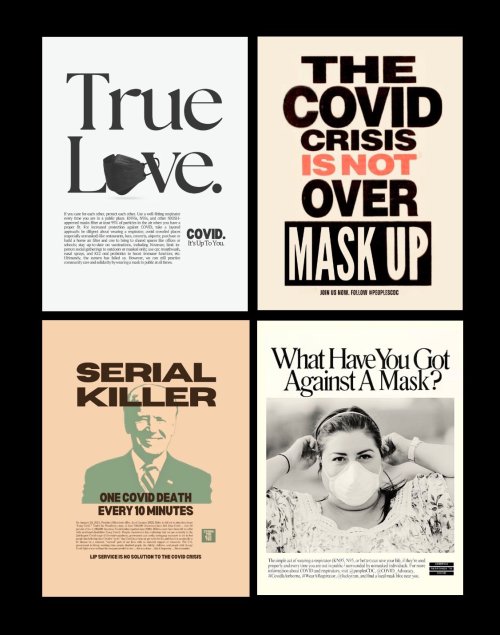
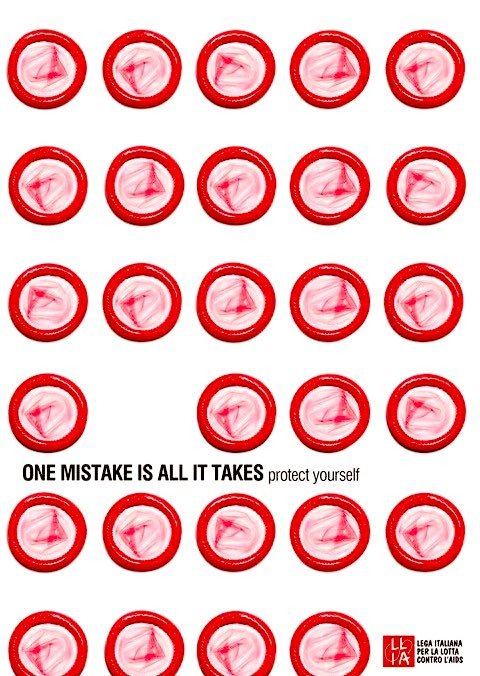
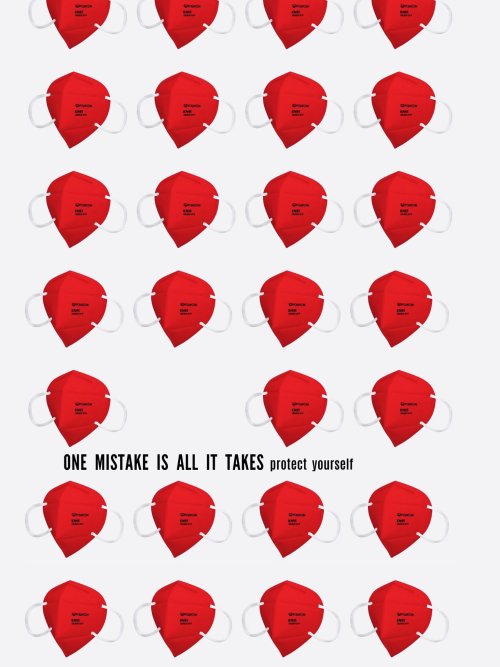
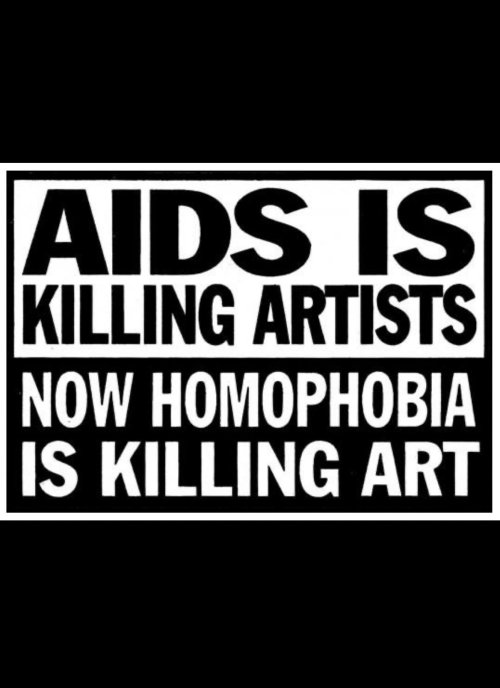
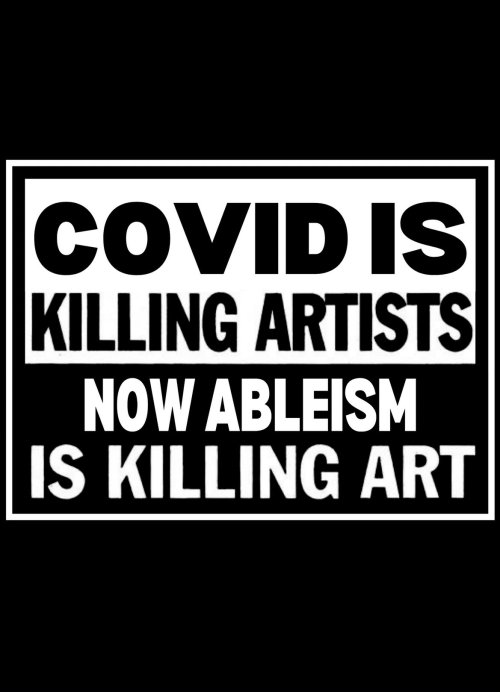
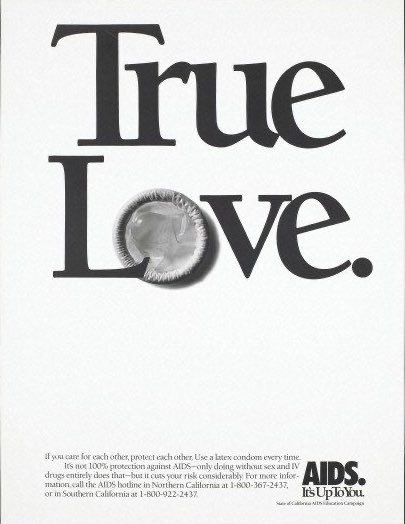
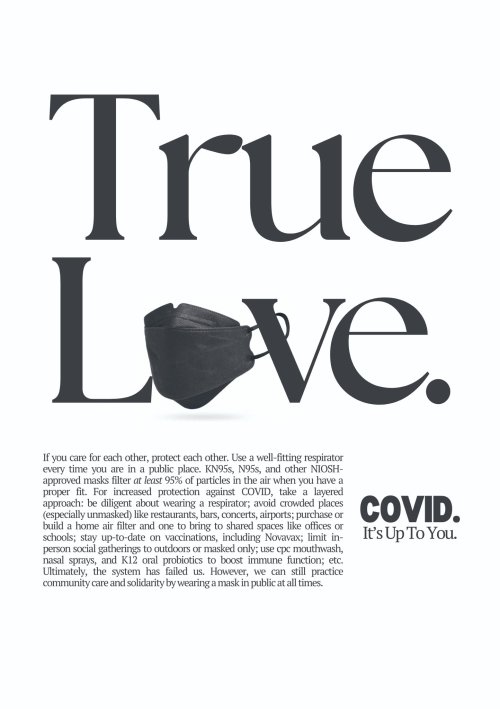
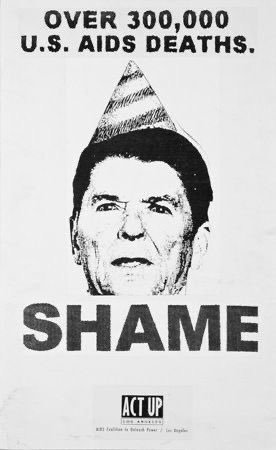
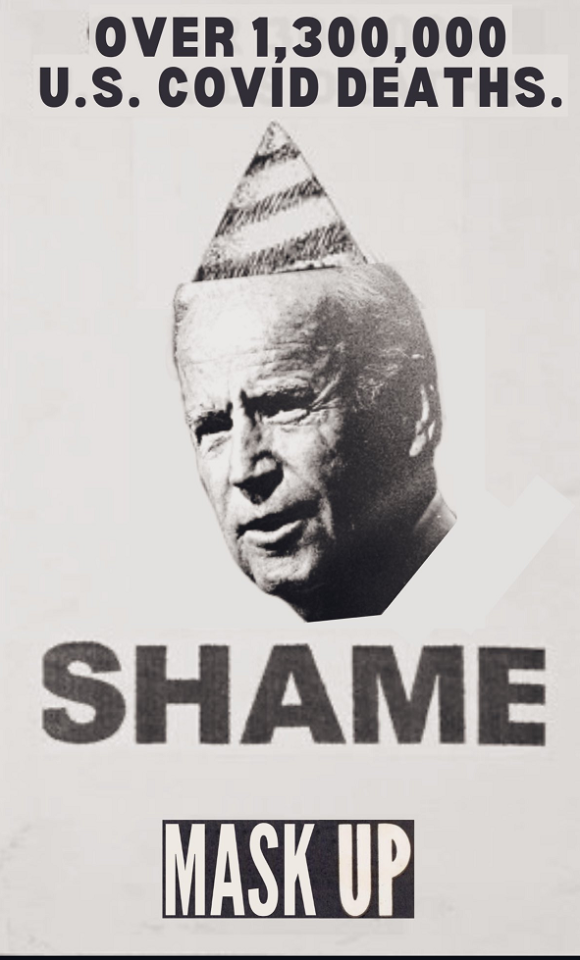
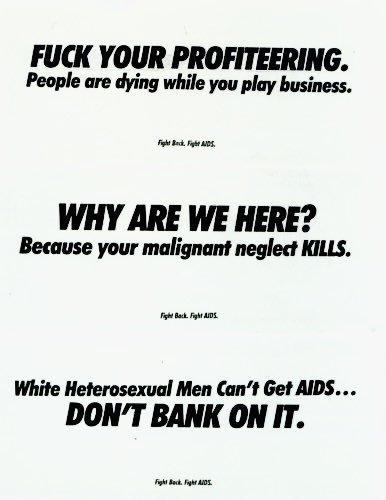
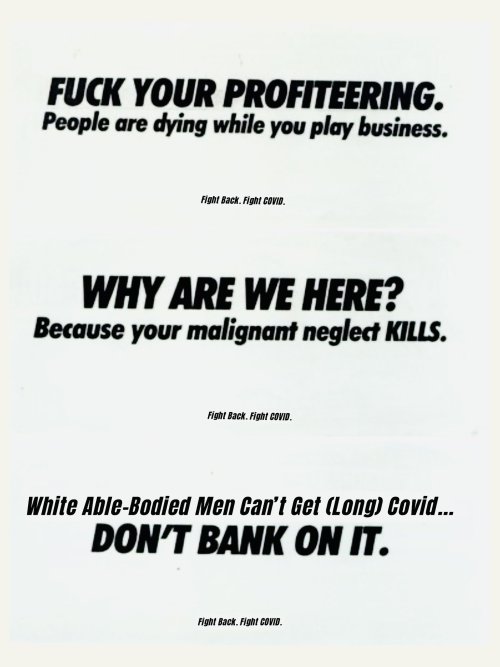
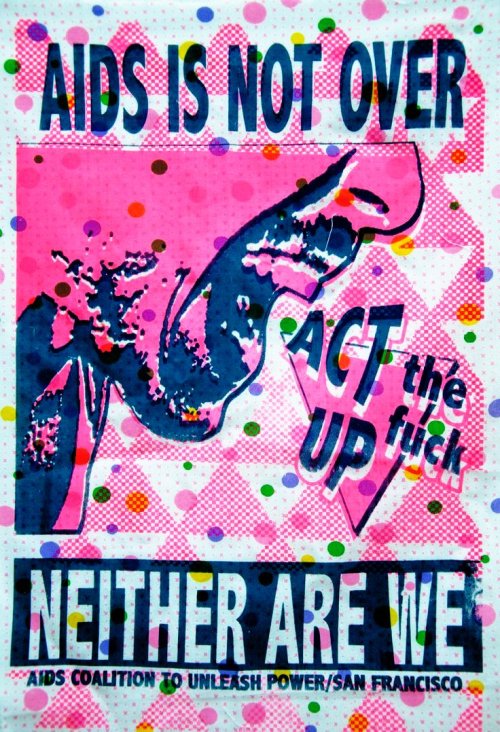
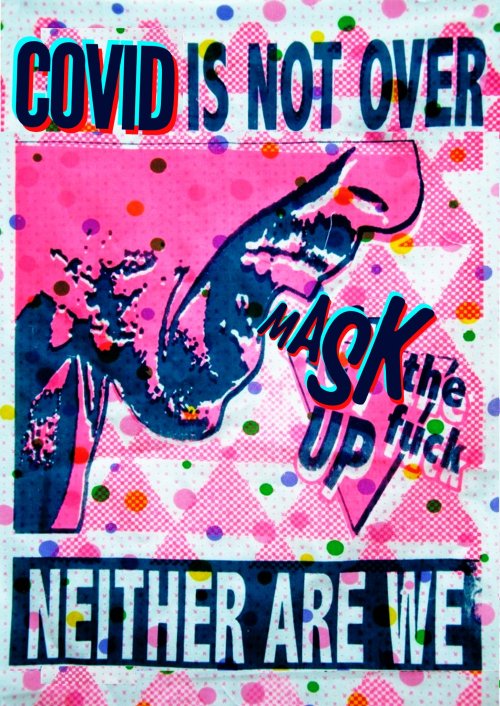
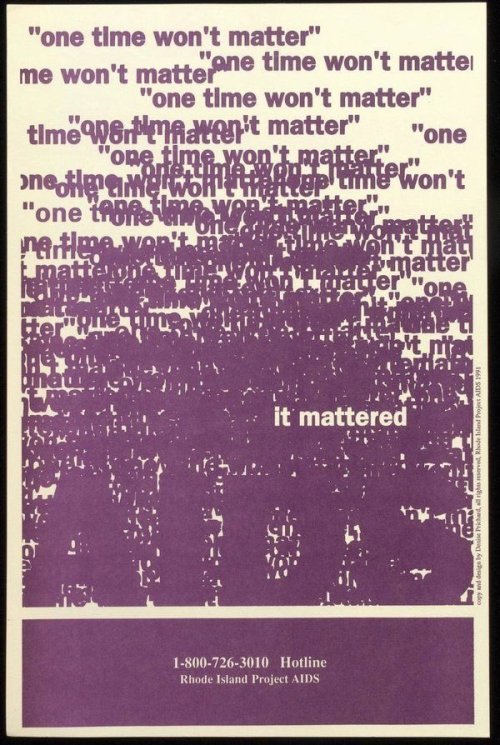
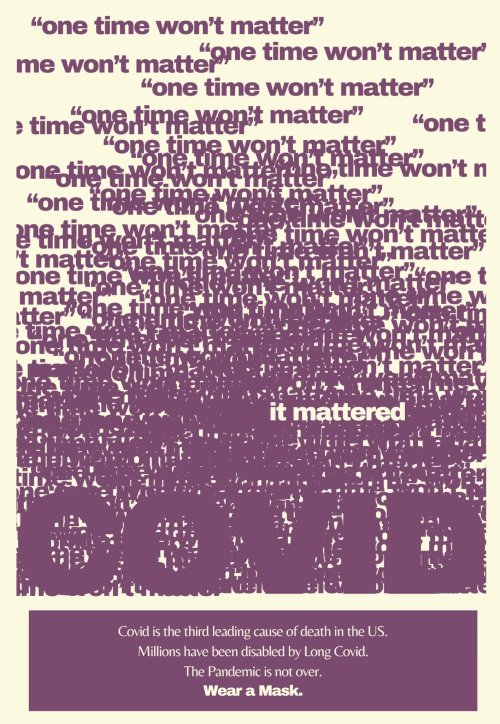
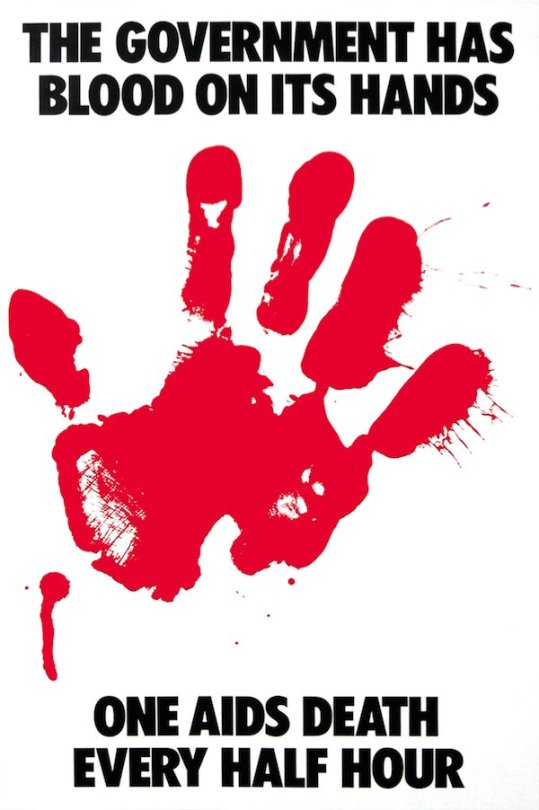
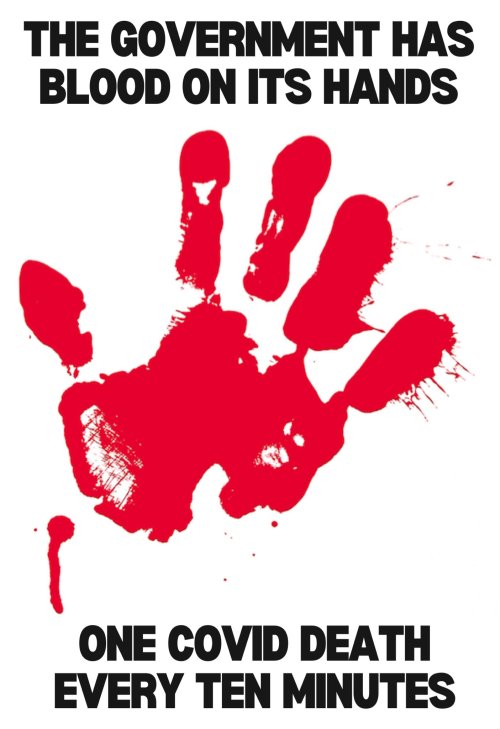
AIDS/ACT UP posters updated for the ongoing global COVID pandemic. we must know history & be able to apply it to the current moment. queer liberation, disability justice, racial justice – these struggles cannot be separated. WearAMask #CovidIsAirborne #LongCovid 😷
Images, image descriptions, and full thread with more posters by @/_copy_of_a_copy on Twitter. The thread also includes a link to a Google Drive of PNGs/PDFs to print and wheatpaste.
The artist is only on twitter, so I am sharing this incredible thread here on Tumblr.
I watched Bohemian Rhapsody last night on tv and the ad that played before the movie started was for HIV medication 😭😭😭
My girlfriend and I talk a lot about our different generations of queerness, because she was doing queer activism in the 1990s and I wasn’t.
And she’s supportive of my writing about queerness but also kind of bitter about how quickly her entire generation’s history has disappeared into a bland “AIDS was bad, gay marriage solved homophobia” narrative, and now we’re having to play catch-up to educate young LGBTQ+ people about queer history and queer theory. It gets pretty raw sometimes.
I mean, a large part of the reason TERFs have been good at educating the young and queer people haven’t is, in the 80s and 90s the leading lights of TERFdom got tenured university positions, and the leading lights of queerdom died of AIDS.
“Excuse us,” she said bitterly the other day, not at me but to me, “for not laying the groundwork for children we never thought we’d have in a future none of us thought we’d be alive for.”

Keith Haring (American, 1958-1990), Art Attack on AIDS, 1988. Screenprint on oak Veneer plywood, 30 x 30 x 2 in. Artist’s Proof 10/10 aside from edition of 20
During the 1980s, more gay men died in New York City during the AIDS crisis than all recorded deaths of American soldiers in Vietnam. You need to know that.

